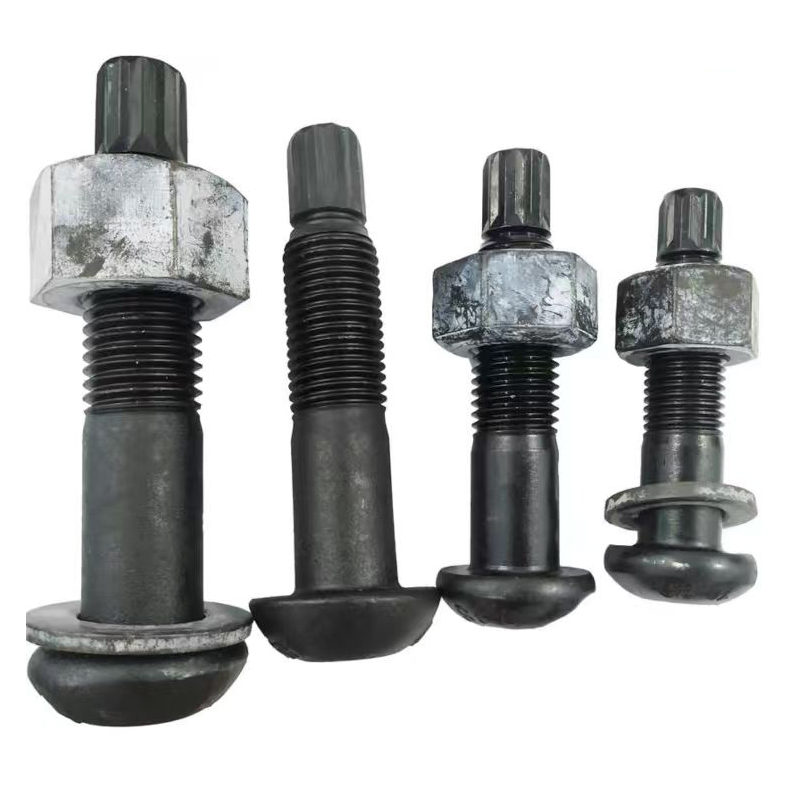- Chinese
- French
- German
- Portuguese
- Spanish
- Russian
- Japanese
- Korean
- Arabic
- Irish
- Greek
- Turkish
- Italian
- Danish
- Romanian
- Indonesian
- Czech
- Afrikaans
- Swedish
- Polish
- Basque
- Catalan
- Esperanto
- Hindi
- Lao
- Albanian
- Amharic
- Armenian
- Azerbaijani
- Belarusian
- Bengali
- Bosnian
- Bulgarian
- Cebuano
- Chichewa
- Corsican
- Croatian
- Dutch
- Estonian
- Filipino
- Finnish
- Frisian
- Galician
- Georgian
- Gujarati
- Haitian
- Hausa
- Hawaiian
- Hebrew
- Hmong
- Hungarian
- Icelandic
- Igbo
- Javanese
- Kannada
- Kazakh
- Khmer
- Kurdish
- Kyrgyz
- Latin
- Latvian
- Lithuanian
- Luxembou..
- Macedonian
- Malagasy
- Malay
- Malayalam
- Maltese
- Maori
- Marathi
- Mongolian
- Burmese
- Nepali
- Norwegian
- Pashto
- Persian
- Punjabi
- Serbian
- Sesotho
- Sinhala
- Slovak
- Slovenian
- Somali
- Samoan
- Scots Gaelic
- Shona
- Sindhi
- Sundanese
- Swahili
- Tajik
- Tamil
- Telugu
- Thai
- Ukrainian
- Urdu
- Uzbek
- Vietnamese
- Welsh
- Xhosa
- Yiddish
- Yoruba
- Zulu
- Kinyarwanda
- Tatar
- Oriya
- Turkmen
- Uyghur

China foam gasket tape
Understanding China Foam Gasket Tape: Practical Insights and Industry Nuances
China foam gasket tape might sound straightforward, but there's quite a depth to its applications. Often, the nuances are where quality and practicality meet. In this piece, we'll navigate the real-world observations and potential missteps common in the industry. Settle in as we explore this ubiquitous material.
The Basics of Foam Gasket Tape
So, what exactly is foam gasket tape? Essentially, it's a versatile sealing solution made from various foam materials, each tailored to specific applications. The primary purpose? To form a tight seal that prevents air, moisture, and dust ingress. But here's where it gets interesting—choosing the right foam material depends on several factors like temperature tolerance, weather resistance, and compressibility.
Take for example a project I worked on with a HVAC system. We needed a tape that could handle both high temperatures and maintain flexibility over time. A neoprene foam gasket was ideal, meeting all the requirements seamlessly. But, in another instance, where exposure to the elements posed a real challenge, EPDM foam was the go-to for its superior weathering properties.
It’s worth noting that getting this right is crucial. Misjudging the material can lead to failure. I once encountered a case where incorrect material selection led to water ingress in an electrical cabinet—a costly oversight!
Applications Across Industries
In the manufacturing space, Handan Zitai Fastener Manufacturing Co., Ltd. at their website exemplifies a broad range of applications for foam gasket tapes. Located in Hebei, a hub for standard part production, they cater to diverse industrial needs. From automotive to electronics, foam gaskets find their way into countless niches, each demanding unique specifications.
An automotive manufacturer I worked with used gasket tapes extensively in door seals and around the engine compartment. The necessity for a product that could withstand vibration, varied temperatures, and resist oils was pivotal. Failing this would not only compromise vehicle integrity but potentially lead to recalls.
These tapes also appear in construction for window seals and in electronics for vibration dampening. The adaptability and customization options with foam gasket tapes are, quite frankly, unmatched. However, ensuring quality and consistency remains a perennial challenge.
The Quality Control Challenge
Quality control in production is not a mere box-ticking exercise. It’s common knowledge that the market is flooded with varying quality tapes, especially in emerging markets. For instance, sourcing from manufacturers with established credibility like those around Handan City ensures better reliability.
Meetings with suppliers revealed that testing protocols could vary wildly. Some focus merely on density and thickness, while others incorporate rigorous environmental simulations. It’s the latter that often delivers more robust performance in real-world conditions.
Investment in proper testing equipment is non-negotiable for top-tier manufacturers. Without it, even the best production processes might falter. Especially when serving demanding markets where gasket failure is not an option.
Practical Tips for Selection
In practice, several tips have come to define successful foam gasket tape selection. Firstly, specificity in your requirements documents: the more precise, the better. It's surprising how often broad specifications lead to unexpected outcomes.
Another tip from experience is to always request samples prior to committing to bulk purchases. Testing these samples under expected conditions replicates actual performance, highlighting potential shortcomings early. For example, compression testing at different temperatures can be revealing.
Lastly, establishing a rapport with your supplier cannot be understated. Frequent communication ensures not only that expectations are aligned but that any issues are swiftly addressed. A supplier like Handan Zitai, with its strategic location near the Beijing-Guangzhou Railway, provides logistical advantages, making troubleshooting much more manageable.
Future Trends and Considerations
The future of foam gasket tape is evolving with advancements in technology and material science. One area seeing significant development is sustainability. As industries pivot to more eco-conscious production, the demand for recyclable or biodegradable gasket materials is likely to soar.
Companies are also exploring smart materials with integrated sensors for real-time performance monitoring. This innovation could revolutionize maintenance strategies, predict failures, and optimize the lifespan of the gasket in situ.
In summary, the journey with foam gasket tape is intricate, demanding attention to detail and foresight. Whether you are a buyer, engineer, or manufacturer, appreciating these nuances ensures that such an unassuming product continues to meet high expectations across varied industries.
Related products
Related products
Best selling products
Best selling products-
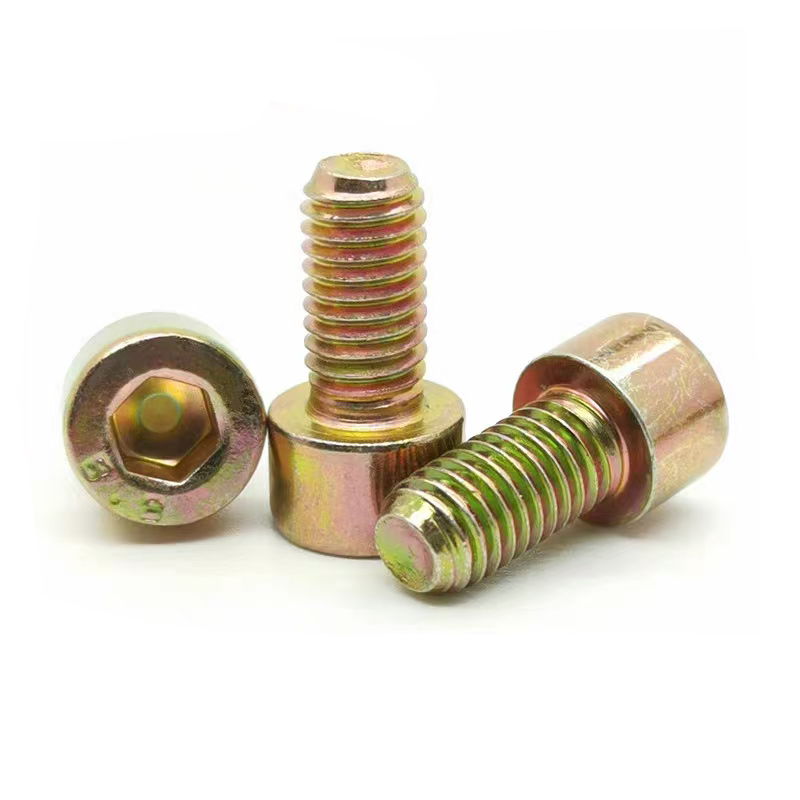 Hexagon socket colored zinc-plated bolts
Hexagon socket colored zinc-plated bolts -
 Colored zinc-plated expansion hook
Colored zinc-plated expansion hook -
 Welding nails
Welding nails -
 U-bolts
U-bolts -
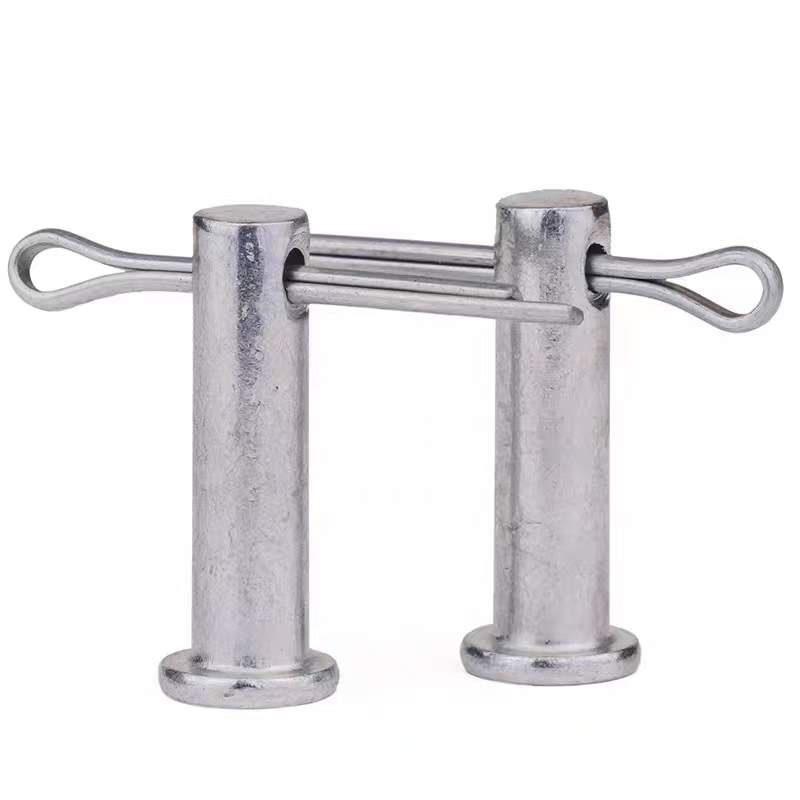 Electrogalvanized pins
Electrogalvanized pins -
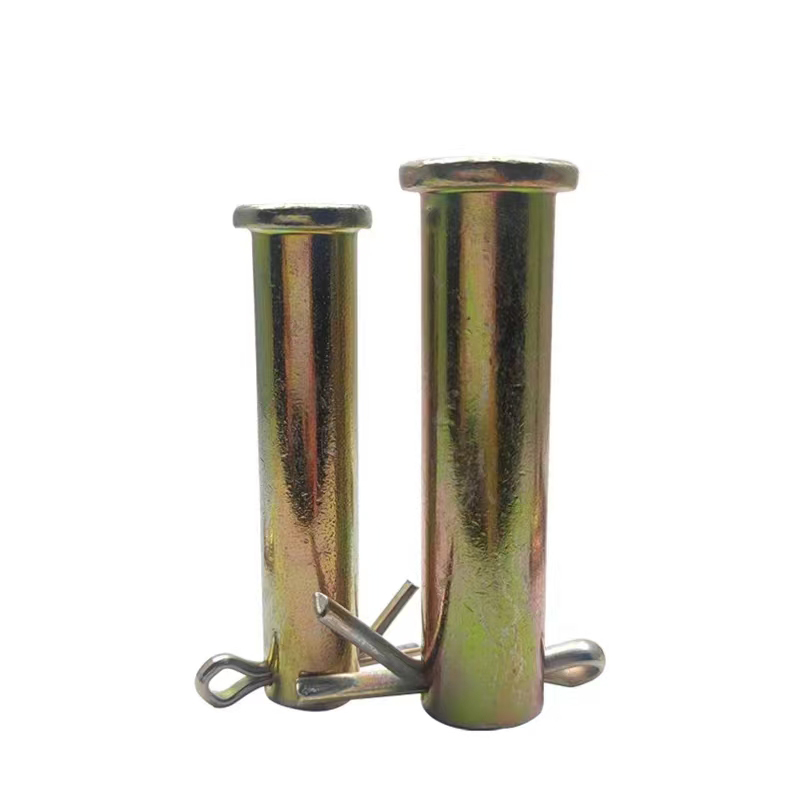 Colored zinc-plated pins
Colored zinc-plated pins -
 Umbrella handle anchor (J-type anchor bolt/umbrella handle embedded bolt)
Umbrella handle anchor (J-type anchor bolt/umbrella handle embedded bolt) -
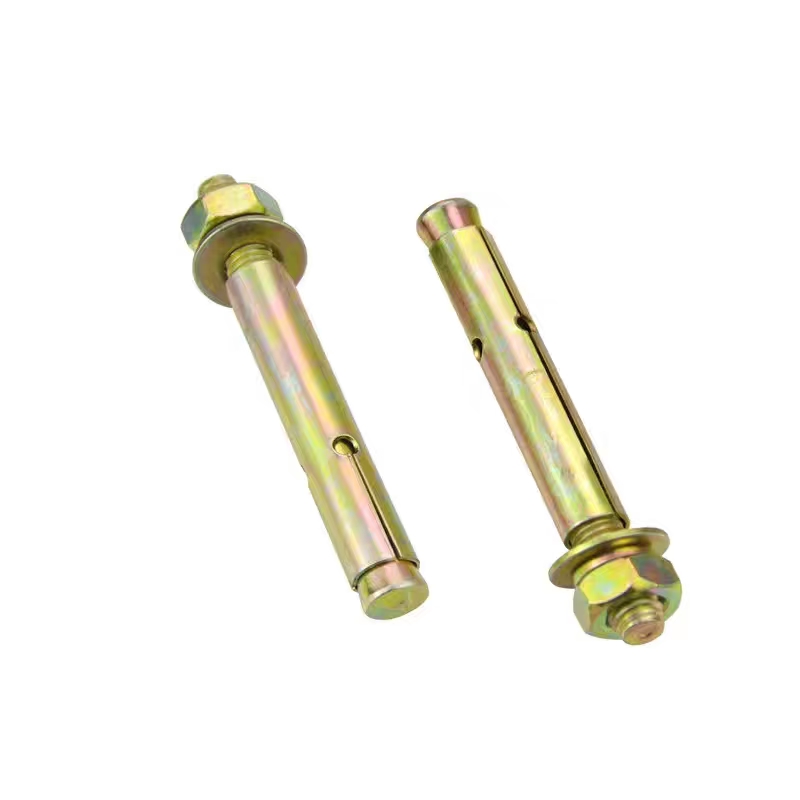 Colored zinc-plated expansion bolts
Colored zinc-plated expansion bolts -
 Hexagon socket electrogalvanized bolts
Hexagon socket electrogalvanized bolts -
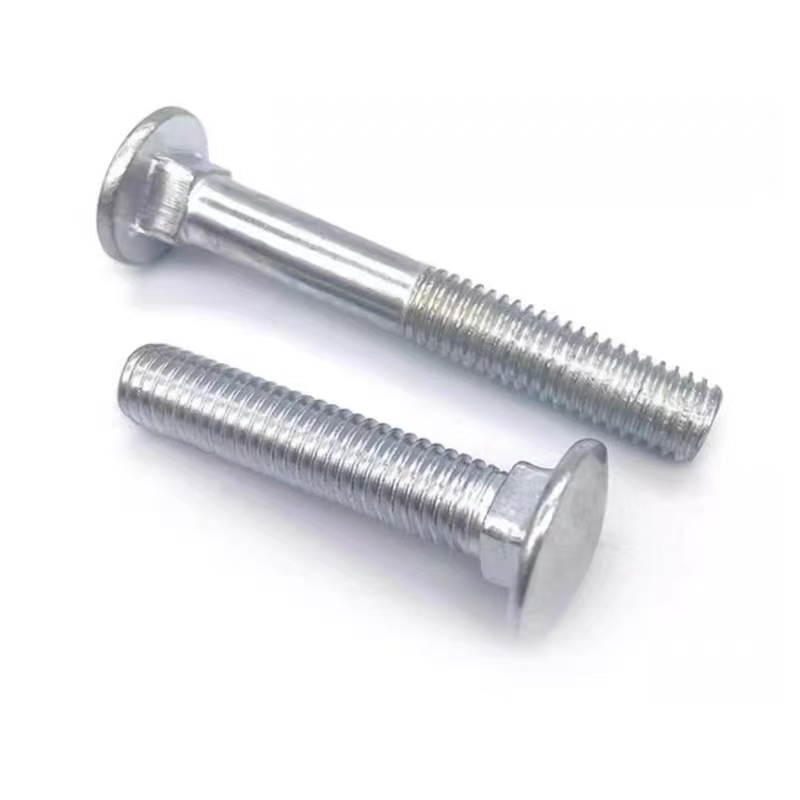 Carriage bolt (half-round head square neck bolt)
Carriage bolt (half-round head square neck bolt) -
 Basket bolts
Basket bolts -
 Colored zinc flange bolts
Colored zinc flange bolts








